A 13-million-year-old saber-toothed marsupial skeleton discovered during paleontological explorations in Colombia is the most complete specimen recovered in the region
/https://tf-cmsv2-smithsonianmag-media.s3.amazonaws.com/filer_public/9b/0e/9b0e222c-9a0a-4c71-8a06-74a9489279f3/image_02_opossum__sabretooth_marsupial_skulls_by_javier_luque.jpg)
Recent paleontological explorations in the Tatacoa Desert in Colombia led to the recovery of the most complete skeleton of a “saber-toothed marsupial” discovered in northern South America. The specimen belongs to the species Anachlysictis gracilis, which is part of a group of extinct predatory mammals known as sparassodonts, that lived in South America during the Cenozoic, after the extinction of the dinosaurs.
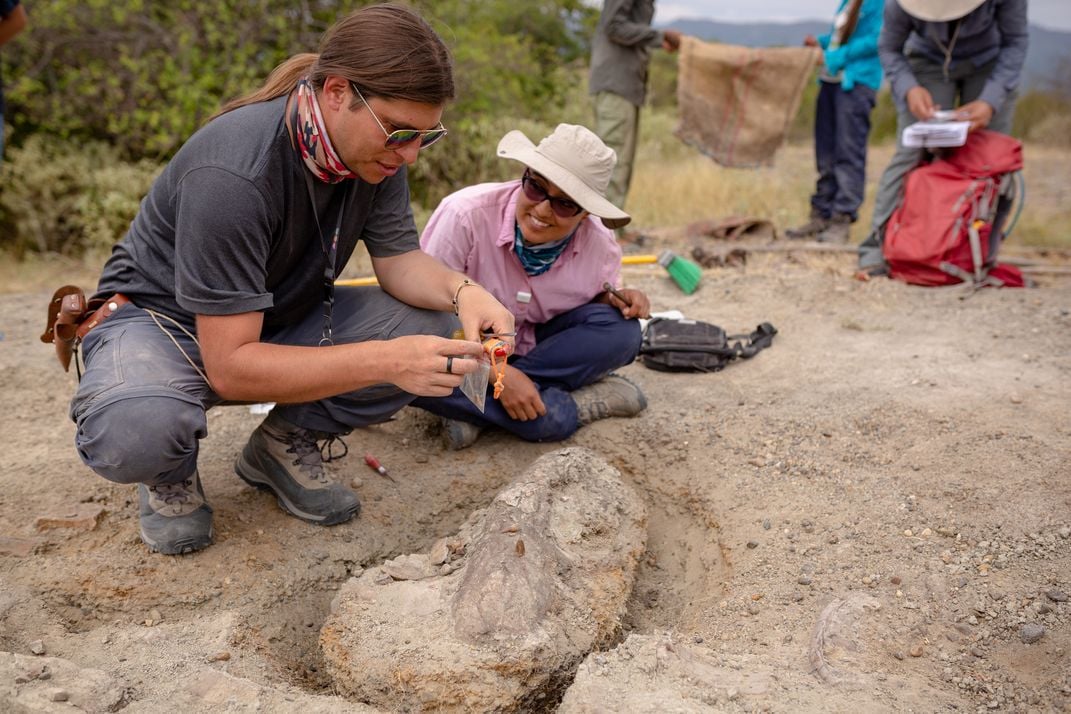
Prior to this finding, only a piece of a mandible and few additional remains had been found for this species related to living marsupials such as kangaroos, koalas, or opossums. Before it disappeared, A. gracilis was one of a number of terrestrial carnivores in South America, like the pumas, wildcats, foxes, bears and others that currently roam our continent.
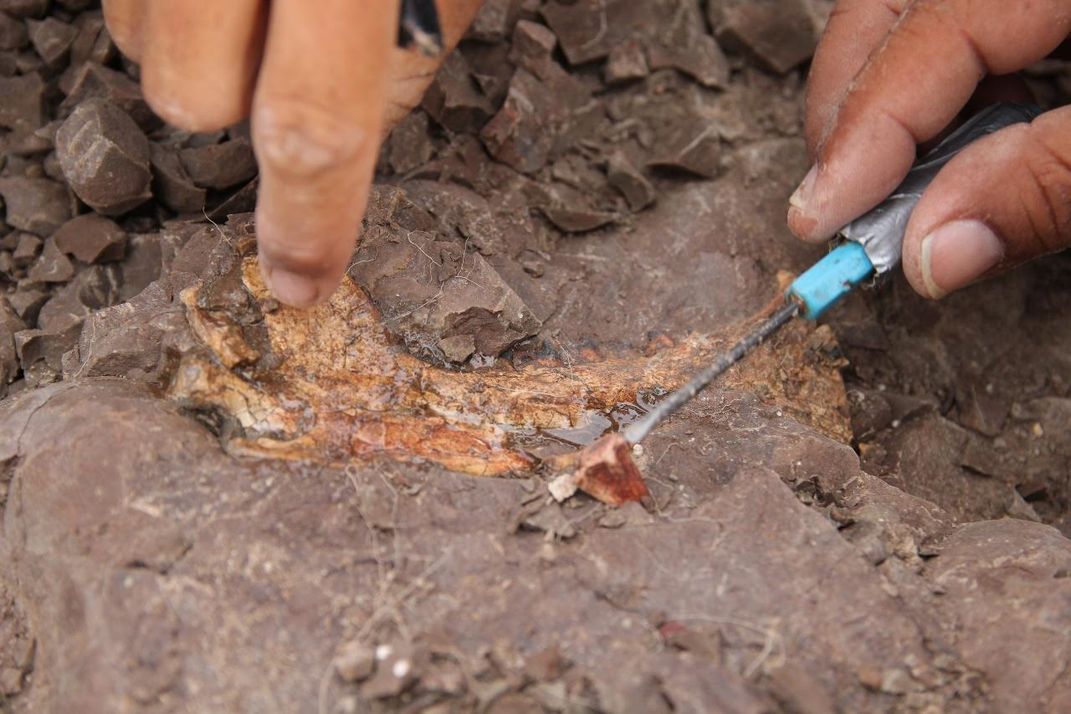
Suarez began her research on A. gracilis in the laboratory of paleontologist Carlos Jaramillo at the Smithsonian Tropical Research Institute, where she was an intern and a pre- and post-doctoral fellow. She is now a specialist in metatherians, the group that includes marsupials and their extinct relatives, such as the family of Thylacosmilidae to which the fossil of A. gracilis belongs. The most peculiar feature of this family is their curved and flattened canines, resembling the shape of a saber, so they are commonly known as “saber-toothed marsupials”.
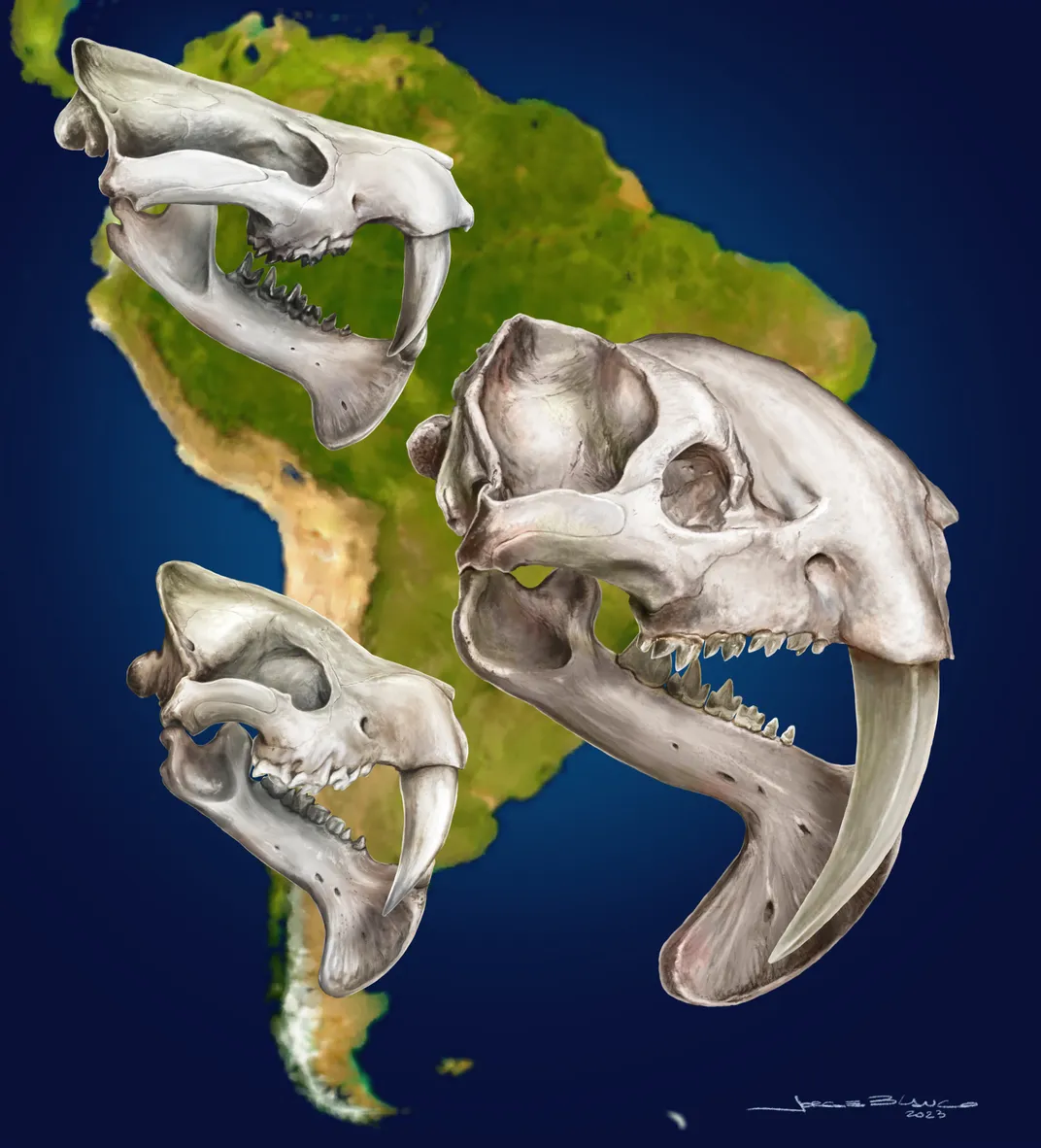
By analyzing the molar teeth, tooth shape and mandible of the remains, it was possible to define the approximate weight and diet type of A. gracilis. The results revealed that it weighed on average about 23 kg (like a lynx) and was a hypercarnivore that ate only meat, not bone. Its potential prey would have included small mammals that inhabited the area, such as marsupials, spiny rats, porcupines, rodents of various sizes and even primates, which were very abundant in the region.
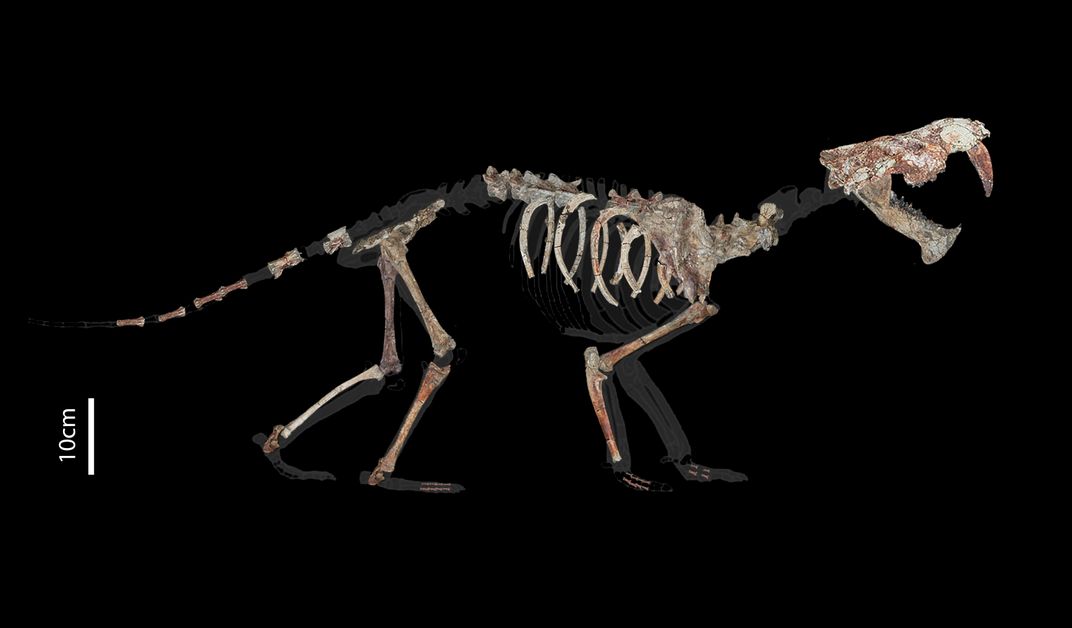
The new fossil of A. gracilis is housed in the La Tatacoa Natural History Museum, in the town of La Victoria in the municipality of Villavieja (department of Huila, Colombia), along with other surprising finds that have been unearthed in one of the most amazing places on the continent.
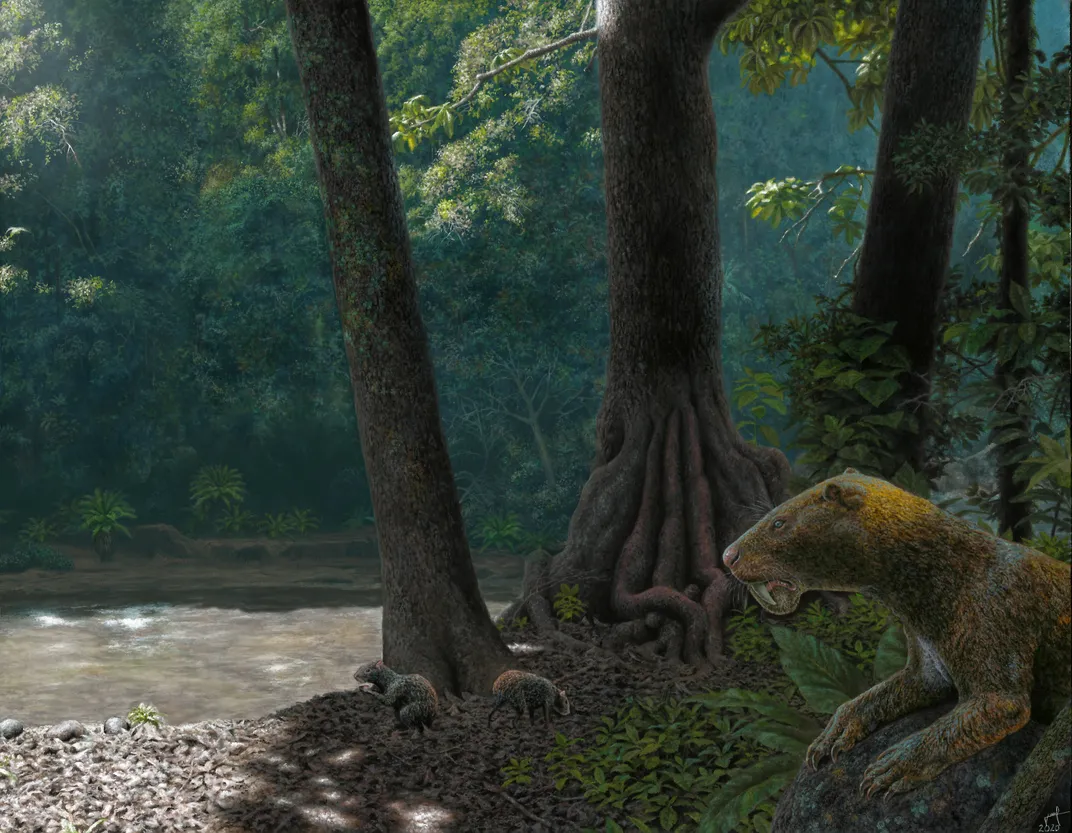
This research was the result of an international collaboration between specialists representing institutions from Argentina (IANIGLA-CCT Conicet Mendoza, Museo de La Plata and Unidad Ejecutora Lillo-CONICET, Fundación Miguel Lillo), Colombia (Universidad del Rosario and Museo de Historia Natural La Tatacoa), United States (Field Museum of Natural History), Japan (Ashoro Museum of Paleontology), Panama (Smithsonian Tropical Research Institute) and United Kingdom (University of Cambridge).